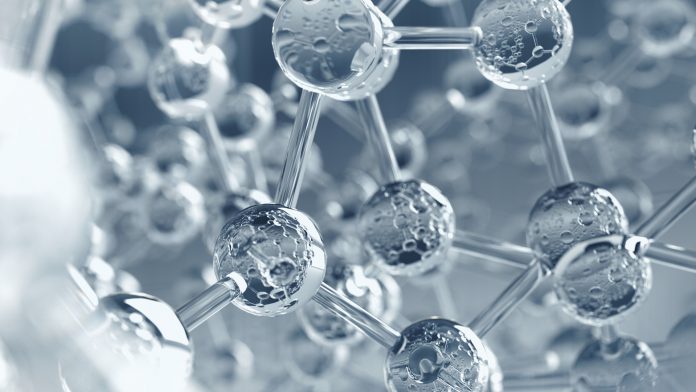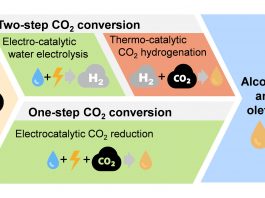A new paper by researchers at the American Institute of Physics discusses how advances in science can help us understand why hydrogen makes ferritic steel brittle.
As the global energy market shifts from fossil to more environmentally friendly energy sources, hydrogen is becoming a crucial pillar in the clean energy movement. Developing safe and cost-effective storage and transportation methods for hydrogen is essential but complicated given the interaction of hydrogen with structural materials. Hydrogen can cause brittleness in several metals including ferritic steel – a type of steel used in structural components of buildings and industrial equipment. Recent advancements in experimental tools and multi-scale modelling are starting to provide insight into the embrittlement process.
A review of various methods, which was published today in Applied Physics Reviews has improved the understanding of the structure, property, and performance of ferritic steels that are subjected to mechanical loading in a hydrogen environment. While there are many studies of stainless steel, the researchers concentrated on ferritic steel.
They highlighted several combinations of techniques and methods, including atom probe tomography (APT). APT is a measurement tool that combines a field ion microscope with a mass spectrometer to enable 3D imaging and chemical composition measurements at the atomic scale, even for light elements like hydrogen.
Other techniques that show promise are 2D mapping by secondary ion mass spectrometry to answer the question of where hydrogen lies in a material. Ion mass spectrometry is a technique used to analyse the composition of solid surfaces and thin films by firing a focused primary ion beam and collecting and analysing the ejected secondary ions the surface of the specimen.
The researchers said that in the last decade that large advances have been made in hydrogen embrittlement, thanks to the development of new experimental capabilities. As new experimental techniques are refined it is expected the field will continue to develop at a remarkable pace. Co-author May Martin of the University of Illinois at Urbana-Champaign, said: “As the field expands, we hope our paper is a good resource for those getting into the field.”









